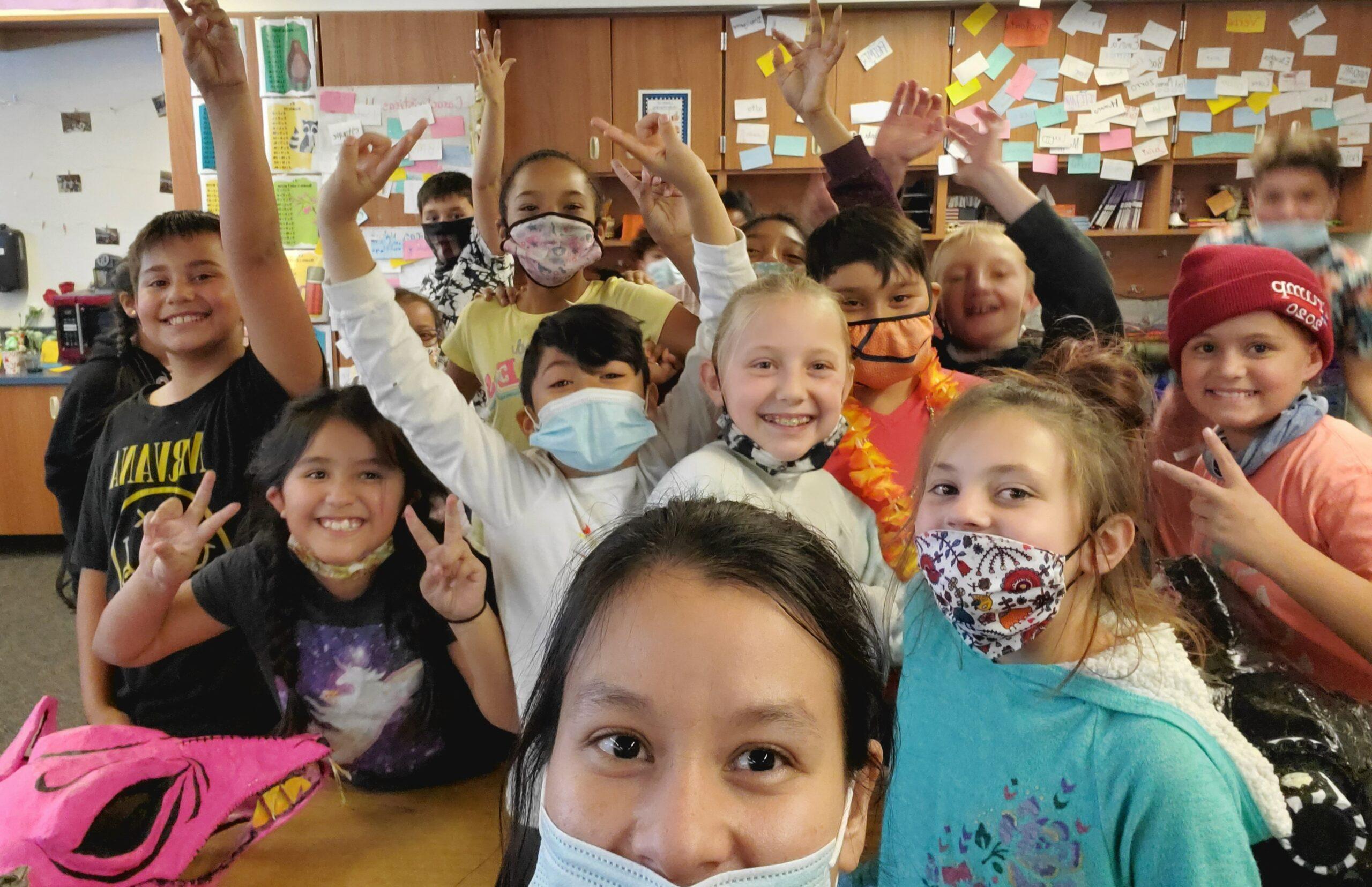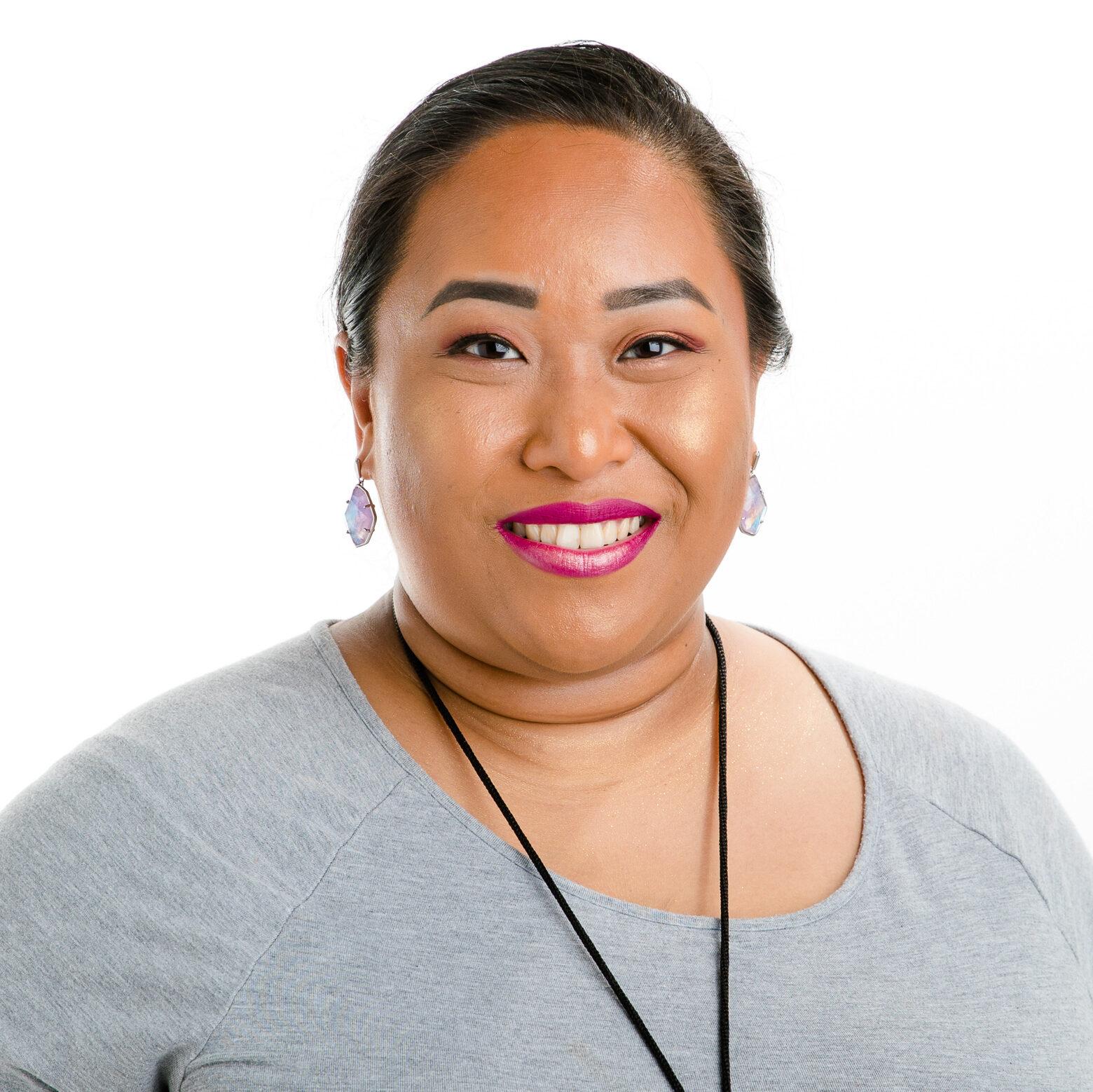
A week into the school year, the students of Lorena Pagan’s fifth-grade class in Columbine Elementary School in Fort Morgan are learning about longitude and latitude. They take turns reading out of a textbook, going paragraph by paragraph.
But what's peculiar about this scene is that the textbook is written in Spanish — and about two-thirds of the class are not native Spanish speakers.
Pagan’s class is part of Columbine Elementary dual language immersion program. The students in the program spend half of the day learning in Spanish and the other half in English. About 200 students from first to fifth grade are participating in the program that is in its fifth year.
Principal Nicolas Ng said the fifth-graders have been in dual immersion since the first grade, and the school has really hit its stride.
“We’ve learned from some sister schools, but we’ve also learned from mistakes,” Ng said. “The implementation, I would say now, is running super smooth. We’re very proud of it.”
The program is a rethinking of how non-native English speakers learn language. Rather than putting them in an English-as-a-second-language program, dual immersion is designed to put all students on an even playing field academically, including native English speakers. The long-term goal for this program is that both cohorts of students will be bilingual and biliterate by the time they graduate high school.
Program is designed to challenge students through grade years
When Columbine Elementary was chosen for the program, Ng said a lot of parents expressed initial concern. The curriculum is different than the standard English, and they wanted to know how it compared. Parents were also worried about the difficulty in the beginning.
“Parents would say how does it compare to the traditional curriculum,” Ng said. “They would ask, ‘Will our children fall behind … will they be struggling?’ And the answer was, yes. Yes it is harder.”
All the students felt the struggle at first. Ten-year-old Amreen Cheema said she had a hard time during the first year.
“In first grade, I only knew English, so whenever the teacher asked us something in Spanish, I was confused,” Amreen said. “And I remember doing this project where we had to write something in Spanish. So I was confused, but I got help.”
Ng said that’s how the program is designed — the first year is a struggle, but students and teachers start to see the results by the third grade.
Students who are bilingual and biliterate outperform those who speak only one language
Studies have shown numerous benefits to these programs. One study that followed more than 27,000 students in Portland, Oregon from kindergarten to high school graduation found both cohorts had stronger English reading scores than peers in English-only curricula.
This ties into previous research done on the benefits children reap when they’re bilingual and biliterate — studies have shown that bilingual children outperform their monolingual peers in focus and reading comprehension. And another benefit of the program are the strong bonds the students build with each other.
“What I anticipate happening is through their educational careers, these children are going to have a very strong bond,” Ng said. “And those kids, by default, they’re going to find themselves in a lot of classes together. They don’t have too much say in this one, but they’re going to be good friends for a long time.”
Of the 410 students in the school, roughly half of them are in dual immersion. The program has become so successful that there’s even a waiting list to be part of it.
“This is where we wanted to be, in this position,” Ng said. “It’s a wonderful opportunity for our community, and it’s free.”
- School Is Starting For Colorado’s Kids. Returning After A Year And A Half Of Remote Learning Is Exciting … And Scary
- Reading, Writing And COVID: Colorado’s Return To School Immediately Led To The Virus Spreading
- Kids’ Performance Across Grade Levels Fell In Every Standardized Test Subject Due To COVID-19








